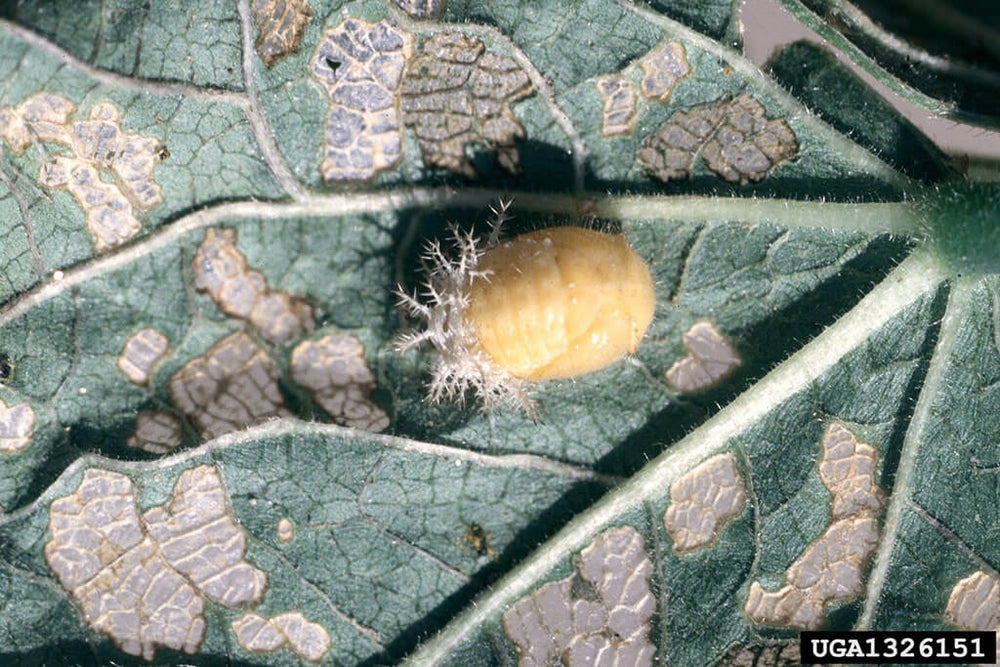
Mexican bean beetles look a lot like ladybugs, but they're a lot less beneficial to your garden. They chew through a wide variety of bean plants and can cause extensive damage. Luckily, there are a number of simple steps you can take to prevent and control Mexican bean beetles so you can save your bean harvest. Let us show you how to protect your garden from these pests.
How to Get Rid of Mexican Bean Beetles
What are Mexican bean beetles?
Mexican bean beetle (Epilachna varivestis Mulsant) is a destructive species of ladybird beetle. It originates from Mexico (as its name implies), but is present in most U.S. states. These pests thrive in environments with ample moisture and proven to be a particular nuisance in the Northeast and Southeast, as well as in gardens in the West that receive ample irrigation.
Both Mexican bean beetle larvae and adults feed voraciously on the leaves, pods, and even stems of a wide variety of bean plants. However, the most extensive damage tends to come from larvae feeding on leaves. The damage tends to be most severe in mid-summer, just when bean plants hit their stride.
Mexican bean beetle lifecycle
Adult beetles overwinter in garden debris, emerging in warm weather to lay eggs on young bean plants. The larvae eat the tender tissue between leaf veins, always working on the underside of the leaf. As larvae feed, leaves develop dry spots and eventually become lacy or skeletonized.
Multiple stages of Mexican bean beetles are usually present at once, including egg clusters, spiny yellow larvae, and spotted adults. The spiny larvae look menacing but do not sting. After feeding for several weeks, larvae affix themselves to the undersides of bean leaves to pupate and emerge as adult beetles.
How do I prevent Mexican bean beetles?
Simply put, clean up the garden at the end of each season. This will eliminate the adult beetles' hiding places. Plus, it's just a good all-around gardening practice! You can also plant nasturtiums, marigolds, rosemary, or garlic nearby, which can help repel Mexican bean beetles.
How do I get rid of Mexican bean beetles?
Because they multiply quickly, Mexican bean beetles can ravage an entire planting. Once you spot them, it's important to act fast to minimize damage. Here are the best ways to control Mexican bean beetles.
- Stop them at the egg stage. Learn to recognize the bright yellow eggs (check the undersides of your plants' leaves) and smash them. If you are the kind of gardener who likes to patrol your plants each morning, it may be possible to catch them before they build up.
- Spray a product designed to tackle Mexican bean beetles. Spray plants with an approved insecticide, such as Ortho® Insect, Mite & Disease 3-in-1 Ready to Use. It's likely your beans will be flowering when you apply pesticides, but if you follow label instructions, you'll avoid harming pollinating insects. Be sure to spray the leaf undersides, where bean beetle larvae feed.
Need more info and local pesticide recommendations? Contact your regional Extension agent. You can find the nearest Extension office through the Cooperative Extension System map.
Mexican bean beetles are fast-multiplying garden pests. But by taking a few steps to prevent and control them, you can help keep your bean plants safe and that tasty harvest coming.







 Herbs
Herbs
 Vegetables
Vegetables
 Fruit
Fruit
 Flowers
Flowers
 Succulents
Succulents

